Listen to the episode HERE on Soundcloud or visit the podcast on iTunes, either through the Podcasts App (just search for “Stuff About Things Art History”) or by clicking HERE. Happy listening!
If you want to support the podcast, start by following the Facebook page! Please and thank you!
Sources and Links:
- Morgan, Llewelyn. The Buddhas of Bamiyan. Cambridge: Harvard University Press, 2012.
- The 2005 documentary The Giant Buddhas by Christian Frei.
- Not available through any streaming services. Ask your local library if they can get you a copy!
- “The Bamiyan Buddhas,” an essay by Dr. Melody Rod-ari for Khan Academy, a non-profit educational organization that provides excellent content for those who wish to learn more about a variety of subjects, including art history.
- “The Lost Buddhas of Bamiyan,” an episode of Journeys to the Ends of the Earth, a documentary series by photojournalist David Adams.
- “The man who helped blow up the Bamiyan Buddhas,” a BBC World News article by Nasir Behzad and Daud Qarizadah recounting the experience of Mirza Hussain, a Hazara man who was forced to aid the Taliban in the destruction of the Buddhas.
- Additional sources:
-
Bosco, David. “Waking the Buddha.” Archaeology 58, no. 1 (2005): 18-23.
-
Campion, Kristy. “Blast through the Past: Terrorist Attacks on Art and Antiquities as a Reconquest of the Modern Jihadi Identity.” Perspectives on Terrorism 11, no. 1 (2017): 26-39.
-
Elias, Jamal J. “(Un) Making Idolatry: From Mecca to Bamiyan.” Future Anterior: Journal of Historic Preservation, History, Theory, and Criticism 4, no. 2 (2007): 12-29.
-
Flood, Finbarr Barry. “Between Cult and Culture: Bamiyan, Islamic Iconoclasm, and the Museum.” The Art Bulletin 84, no. 4 (2002): 641-59.
-
Hensman, Rohini. “Religious Sentiment and National Sovereignty: Resisting Talibanisation.” Economic and Political Weekly 36, no. 23 (2001): 2031-033.
-
Janowski, James. “Bringing Back Bamiyan’s Buddhas.” Journal of Applied Philosophy 28, no. 1 (2011): 44-64.
-
Related Images:
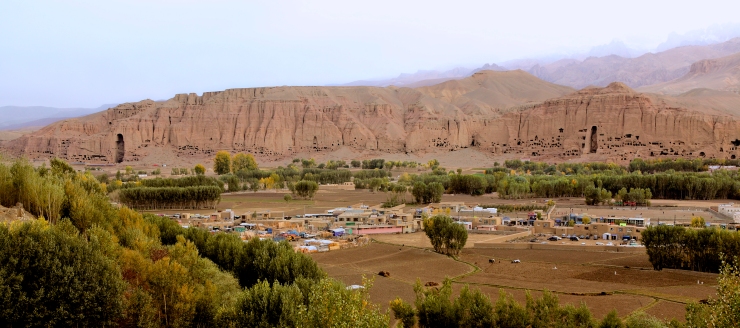
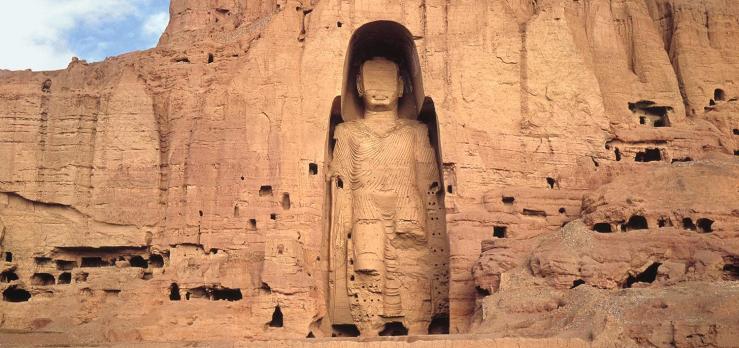
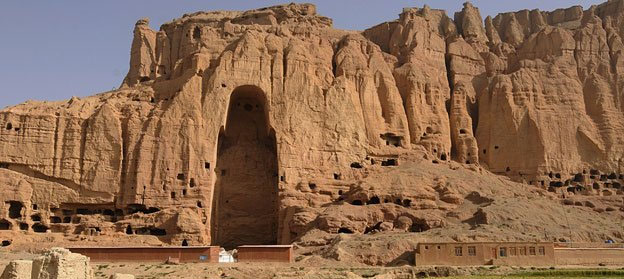
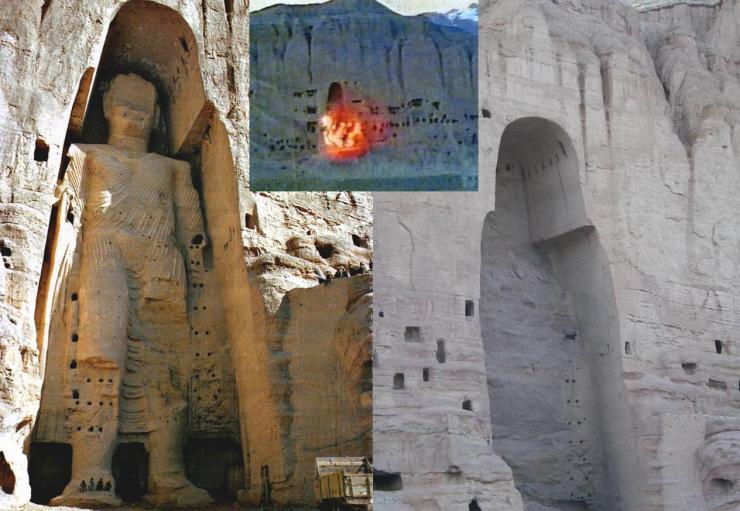
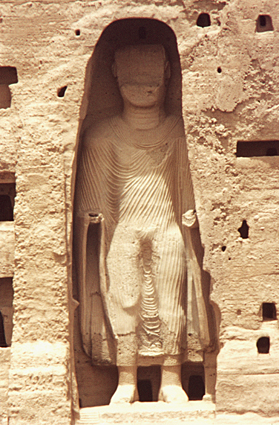
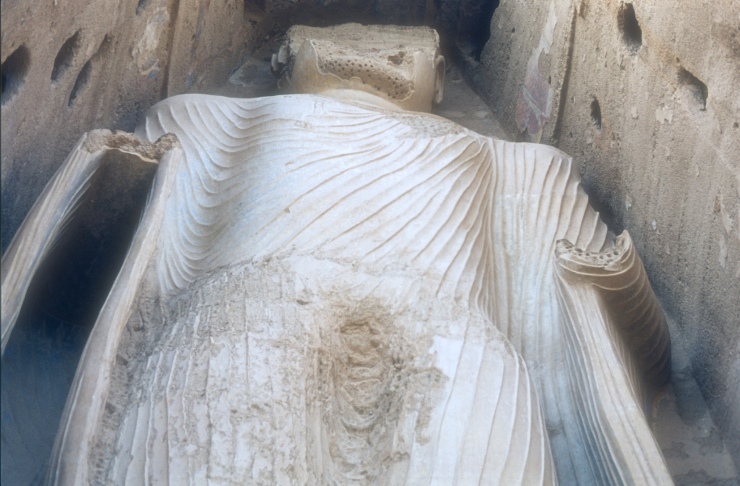
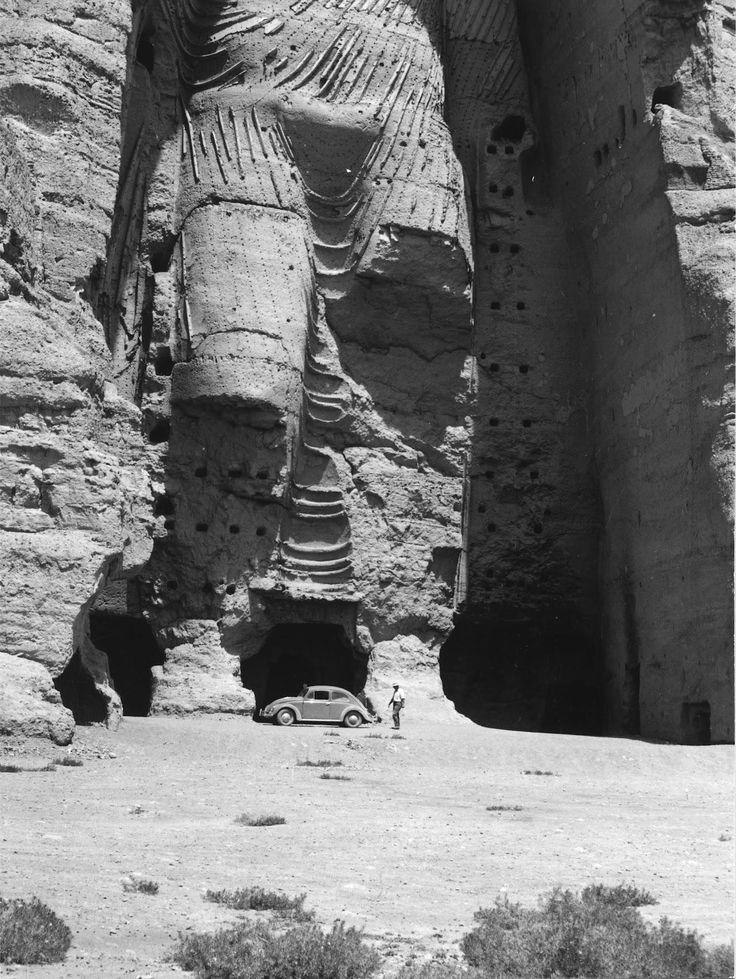
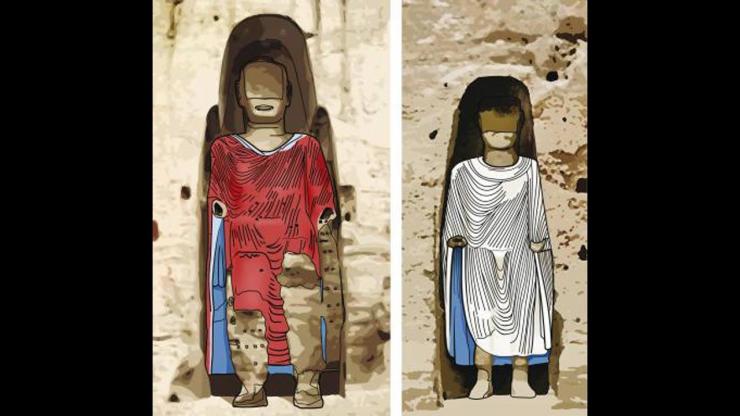
Gus Content:
Gus above the Sea and Fog
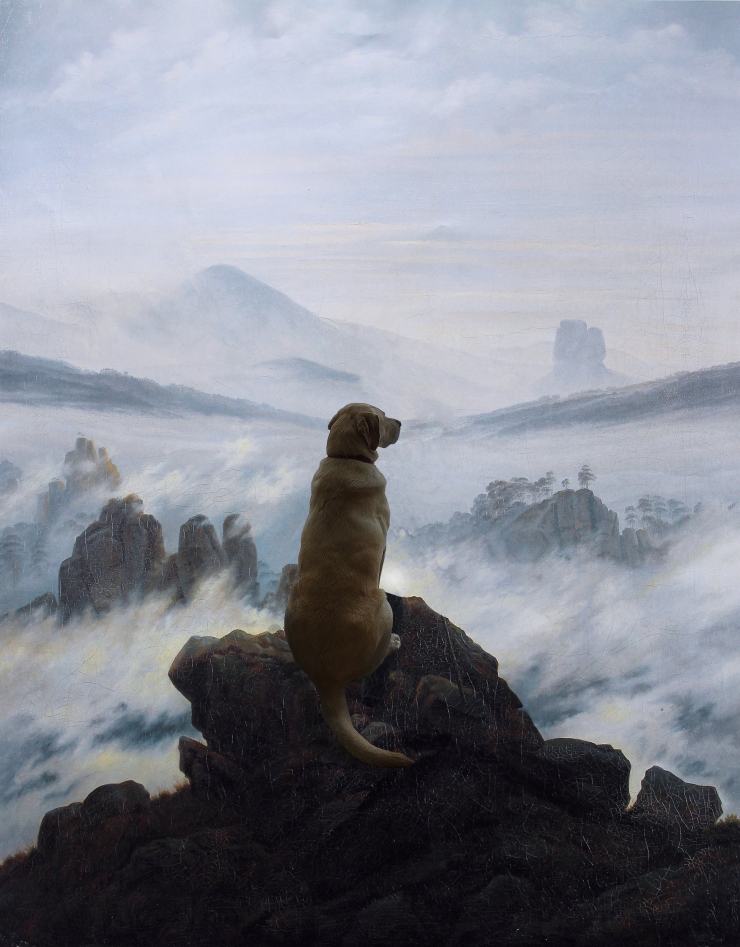
Gus Rides the Wave
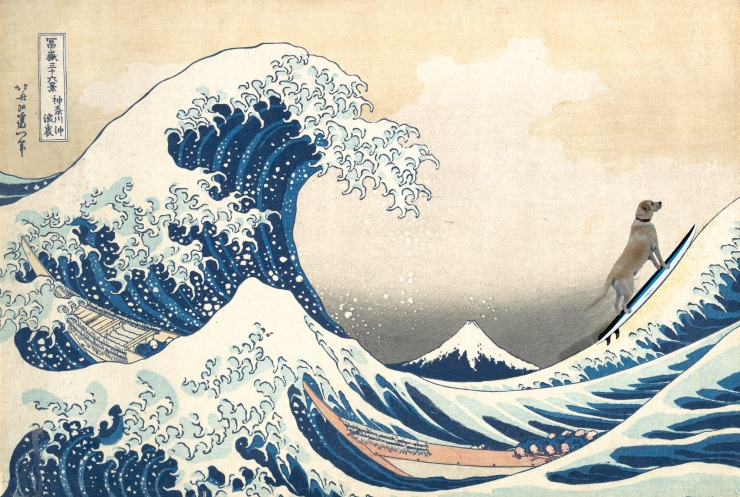
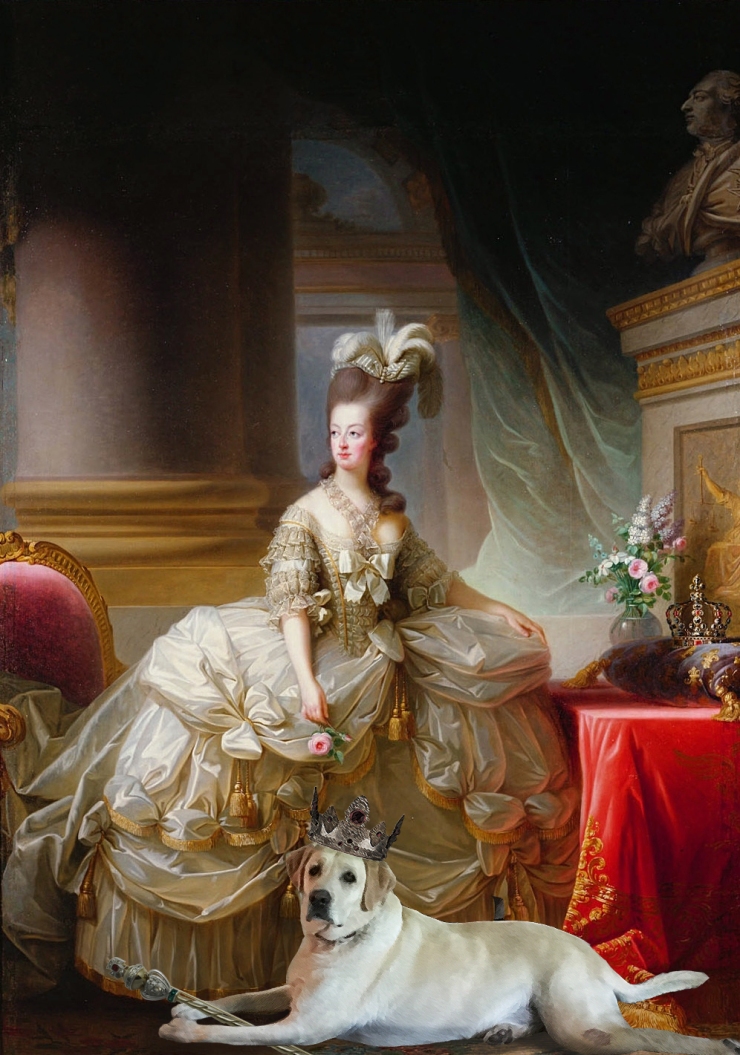
Thanks so much for listening to the podcast and making your way to the website!
Talk to you soon! -Lindsay
